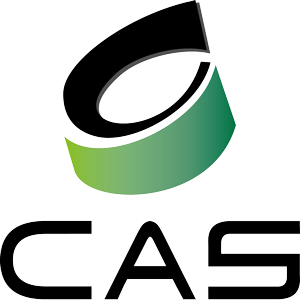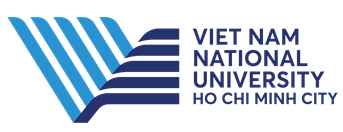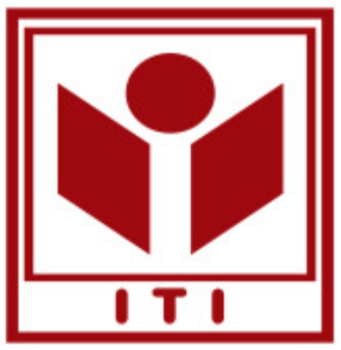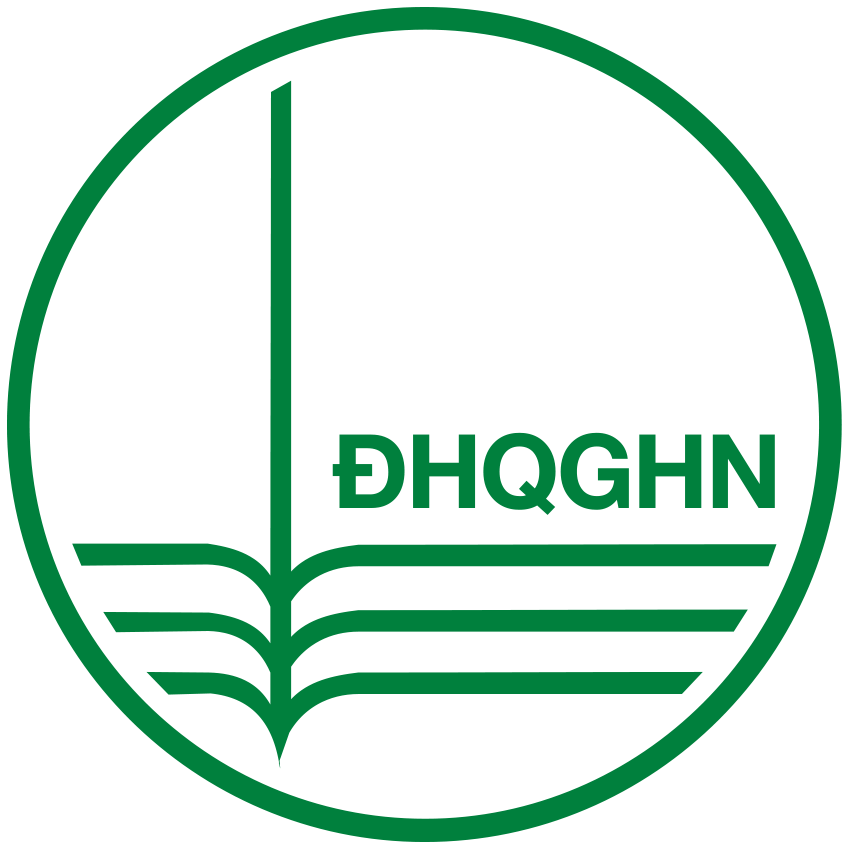Invited Speakers
Table of Contents
CASS Distinguished Lecture: Advanced Circuits and Systems for Navigation-Grade MEMS Accelerometers
Jian Zhao
Shanghai Jiaotong University, China
Abstract: Silicon oscillating accelerometers have the potential to achieve navigation-grade precision due to their frequency-modulation nature. As a result, they present a promising alternative to quartz accelerometers in smart unmanned platforms that require satellite-free navigation. This tutorial will begin with an introduction to the fundamental principles and specification requirements of MEMS resonant sensors. It will then delve into the noise modelling and agile design methodologies essential for optimizing performance. Advancements in low-noise, high-efficiency readout circuits will also be explored. Finally, the impact of long-term drift errors caused by temperature fluctuations, process variations, and environmental changes will be discussed, along with advanced compensation techniques. By addressing key challenges and solutions, this tutorial aims to provide valuable insights for sensor and system designers working on high-precision MEMS accelerometers and navigation applications.
Biography: Jian Zhao, (S’14, M’17, SM’21) received his Ph.D. degree from School of Mechanical Engineering, Nanjing University of Science and Technology, China, in 2017. From 2012 to 2015, he worked as a visiting scholar in the VLSI and Signal Processing Lab, National University of Singapore, where he designed CMOS readout circuits for MEMS sensors. In 2017-2019, he joined the Department of Electronic Engineering, Tsinghua University as a post-doctoral researcher developing ICs for wireless body area networks. He is currently an Associate Professor in the Department of Micro/Nano Electronics, Shanghai Jiao Tong University, China. He has authored and co-authored over 50 technical papers and 2 book chapters. His current research interests include biomedical & bio-inspired circuits and systems.
Since 2019, he has also served as an organization committee/technical program committee/review committee for many prestigious IEEE conferences. These conferences include ISCAS, ISICAS, AICAS, IFETC, ICTA and APCCAS. He also serves as an Associate Editor for IEEE Transactions on Biomedical Circuits and Systems, IEEE Transactions on Circuits and Systems I: Regular Papers (TCAS-I) and SPJ Cyborg and Bionic Systems. He is the receipt of IEEE BioCAS 20th Anniversary Top WiCAS/YP Contributor Award. He served as IEEE CASS Distinguished Lecturers from 2025-2026. He is the Co-founder and Past-chair of IEEE Shanghai Section Young Professional Affinity Group.







